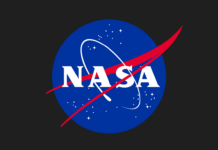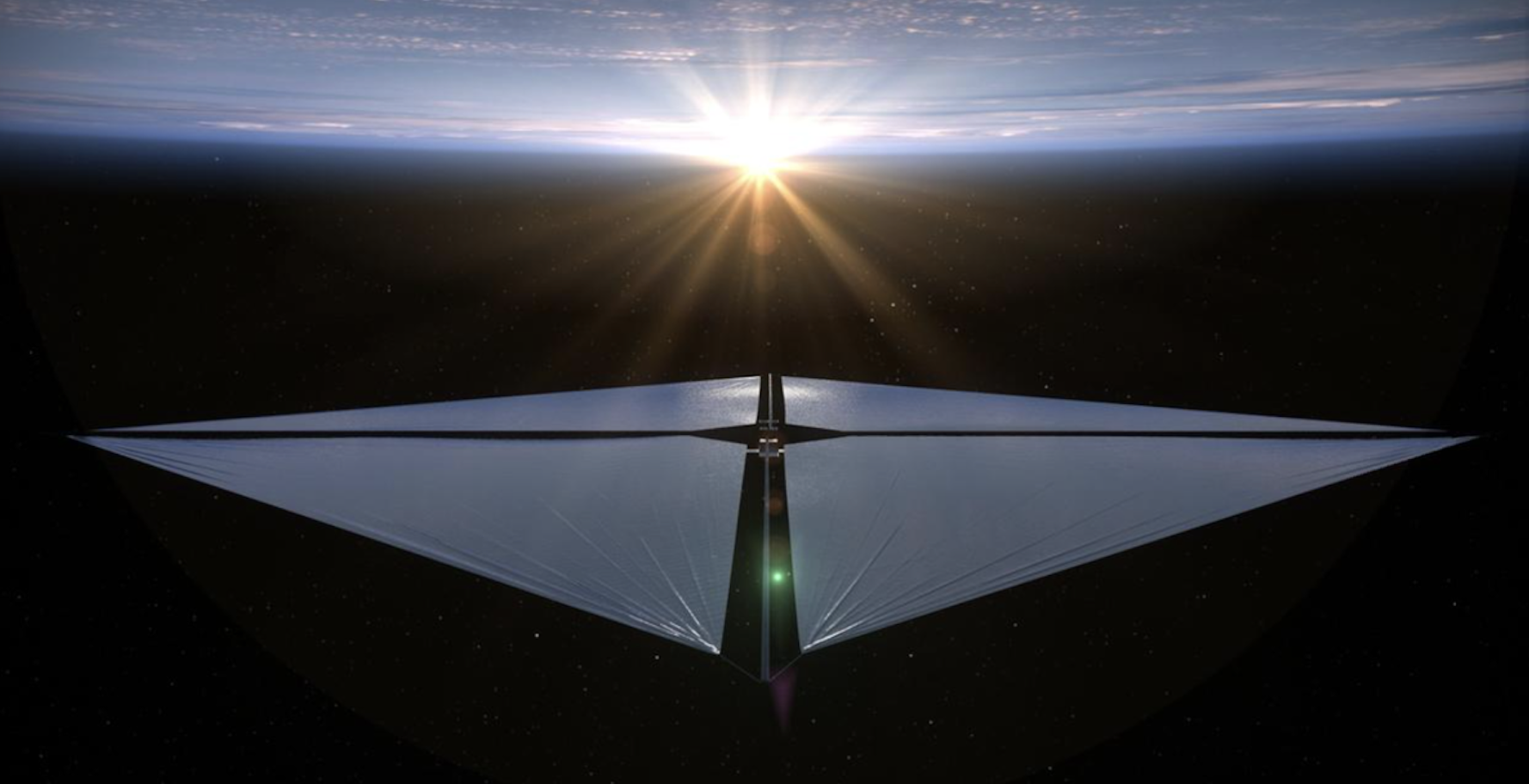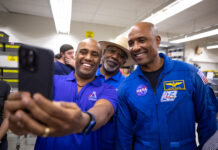In October, NASA’s Advanced Composite Solar Sail System (ACS3) was celebrated as one of TIME Magazine’s “Top Inventions of 2024.” This accolade not only highlights ACS3 but also acknowledges two other groundbreaking NASA projects: the Europa Clipper mission and the Deep Space Optical Communications experiment. These recognitions underscore the innovative spirit driving NASA’s ongoing exploration of space.
The Advanced Composite Solar Sail System is a pioneering project that demonstrates the potential of using solar radiation as a means of propulsion, allowing spacecraft to effectively “sail on sunlight.” This technology offers a promising alternative to traditional chemical and electric propulsion systems, potentially revolutionizing how we approach space travel. The implications for future missions are significant, with the technology paving the way for larger spacecraft designs aimed at space weather forecasting, asteroid reconnaissance, and communication relays for lunar and Martian exploration.
The ACS3 is a 12-unit CubeSat equipped with a reflective sail supported by advanced composite booms. These booms are crafted from a combination of flexible polymer and carbon fiber materials, offering enhanced stiffness and reduced weight compared to previous designs. The solar sail itself is approximately 80 square meters, but the innovative boom technology could support sails as large as 500 square meters in future missions.
Launched on April 23 via a Rocket Lab Electron rocket, the mission successfully deployed its boom and sail system in space by August, achieving its primary objective. The next phase involves demonstrating the sail’s maneuverability in orbit, which could set a new benchmark for solar sail technology.
This recognition from TIME Magazine is a testament to the dedication and expertise of the Advanced Composite Solar Sail System team and the Small Spacecraft Technology program office at NASA Ames. Their work continues to push the boundaries of space exploration, showcasing the center’s capabilities and vision.
In addition to technological advancements, NASA Ames has been a hub of activity, honoring notable contributions and fostering collaborations. On October 29, a recognition event was held for Representative Anna Eshoo, celebrating her 32 years of public service and unwavering support for NASA. Attendees included Representative Zoe Lofgren and various public officials, highlighting Eshoo’s enduring impact on NASA Ames.
During this event, Ames Center Director Dr. Eugene Tu presented Eshoo with a replica of a Pioneer Plaque, symbolizing appreciation for her advocacy of projects like Hangar One and the Moffett Field Museum. This gesture reflects the deep gratitude for her support over the years.
Fostering a safe and open communication culture is crucial at NASA, as emphasized during a Safety Day Organizational Silence Town Hall on October 1. This event underscored the importance of psychological safety and open dialogue, which are vital for the success of NASA’s missions. Bob Conway, Acting Director of the NASA Safety Center, conducted the town hall, encouraging employees to share insights and ask questions.
NASA Deputy Administrator Pam Melroy’s visit to Ames on September 16 further exemplifies the center’s commitment to collaboration and innovation. Engaging in discussions on procurement, NASA 2040, and leadership, Melroy expressed her admiration for the work being done at Ames, particularly in advancing NASA’s mission. Her interactions with the American Chamber of Commerce in Australia, a signatory of the Artemis Accords, highlight the global partnerships driving NASA’s endeavors.
On September 18, the President of Latvia, Edgars Rinkēvičs, also visited Ames to learn about its aeronautics research and technical capabilities. The visit included briefings on air traffic management simulation capabilities, addressing current and emerging challenges. Through such international engagements, NASA continues to showcase its expertise and contributions to global aeronautics and space exploration.
The 2024 Aeronautics Innovation Forum, held from September 17 to 19, further supported aeronautics research and innovation. Featuring a panel discussion on the “Aeronautics & Space Economy,” the forum brought together experts to explore the intersection of aeronautics and the broader space economy. Tours and interactive sessions enriched the event, fostering collaboration and knowledge sharing.
In a groundbreaking demonstration, NASA, in collaboration with AeroVironment and Aerostar, showcased an innovative air traffic management concept for high-altitude aircraft. Known as the Upper-Class E traffic management (ETM), this concept aims to safely manage aircraft operating at altitudes of 60,000 feet and above. This development is crucial as advancements in aircraft design and propulsion systems enable vehicles like balloons and solar aircraft to operate at such heights, providing communication relays and atmospheric data collection.
Kenneth Freeman, a subproject manager at NASA’s Ames Research Center, emphasized the importance of expanding high-altitude missions. The ETM system allows aircraft to autonomously share location and flight plans, ensuring safe operations without overburdening existing air traffic infrastructure. During a recent simulation, researchers successfully managed diverse high-altitude aircraft operations, marking a significant milestone in traffic management technology.
NASA’s Artemis program continues to make strides toward the first crewed lunar landings under Artemis III and beyond. SpaceX, the Human Landing System provider, recently tested a scale model of the Super Heavy rocket in NASA Ames’ wind tunnel. This testing is crucial for refining the rocket’s design and ensuring its aerodynamic performance as it launches the Starship human landing system to the Moon.
The Artemis missions, set to explore the Moon more extensively than ever before, will pave the way for human exploration of Mars. NASA’s comprehensive approach includes the Space Launch System, Orion spacecraft, and next-generation spacesuits, forming a robust foundation for deep space exploration.
NASA’s collaboration with the University of California, San Francisco (UCSF) as part of the Cancer Moonshot initiative highlights the agency’s commitment to advancing human health. By exploring the parallels between spaceflight hazards and cancer patient experiences, NASA aims to foster innovative research opportunities. This collaboration aligns with the Cancer Moonshot’s goal to significantly reduce cancer mortality rates in the coming decades.
The Pathfinder Technology Demonstrator-4 (PTD-4) mission is another testament to NASA’s innovative spirit. This mission aims to demonstrate new power and communication technologies for future spacecraft. The Lightweight Integrated Solar Array and anTenna (LISA-T) payload on PTD-4 represents a leap forward in solar array technology, offering increased power generation and communication capabilities for small spacecraft on deep space missions.
Recognition of outstanding contributions continues with the presentation of the Silver Snoopy Awards by Astronaut Nicole Mann. This prestigious award, symbolizing flight safety and mission success, is awarded to less than one percent of the aerospace workforce annually, highlighting the recipients’ exceptional performance.
In the realm of STEM, Jordan Kam, an intern at NASA Ames, received the Society of Hispanic Professional Engineers Undergraduate Research Competition Award. His project on wireless data acquisition systems contributes to diagnostics and prognostics for NASA’s Mars campaign, underscoring the impact of young talent in advancing NASA’s mission.
Celebrating Hispanic Heritage Month, Ignacio Lopez-Francos, a principal research engineer at NASA Ames, was featured in Newsweek En Español for his contributions to artificial intelligence. His work in autonomous robotics and AI is making a significant impact, inspiring future generations.
Major Crystal A. Armendariz’s promotion to United States Army Major was celebrated at NASA Ames, highlighting her exceptional service and dedication. Her career in military intelligence and leadership roles demonstrates her commitment to excellence in military service.
Dr. Donald Mendoza, Chief Engineer at NASA Ames, shares his lifelong passion for flight and space exploration. His journey from admiring birds of prey to contributing to human spaceflight reflects the transformative power of pursuing one’s dreams.
Jonathan Kaldani’s engagement with students at CSU East Bay showcases NASA’s commitment to inspiring future generations. His session on NASA’s mission and cybersecurity provided invaluable insights, encouraging students to explore careers in space exploration.
The Ames Exchange’s annual Chili Cook-Off and Fun Run/Walk & Roll events foster community and camaraderie, encouraging participation from all fitness levels and promoting a healthy lifestyle.
In memoriam, we remember Laura Lewis, Robin Orans, and Dr. Joseph W. Skiles III, who made significant contributions to NASA’s mission. Their dedication and passion continue to inspire the NASA community.
For more information and updates on NASA’s initiatives and achievements, visit the official NASA website.
For more Information, Refer to this article.






























